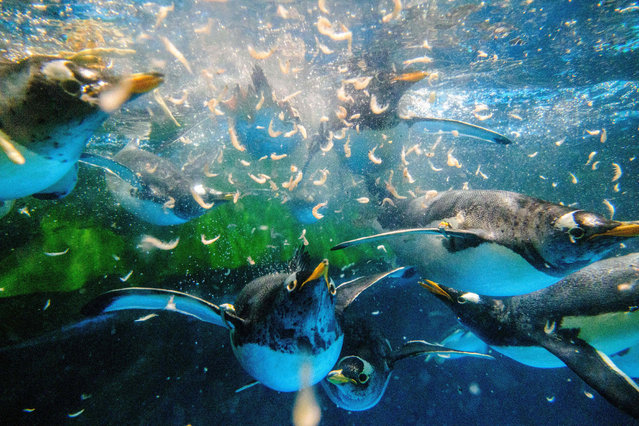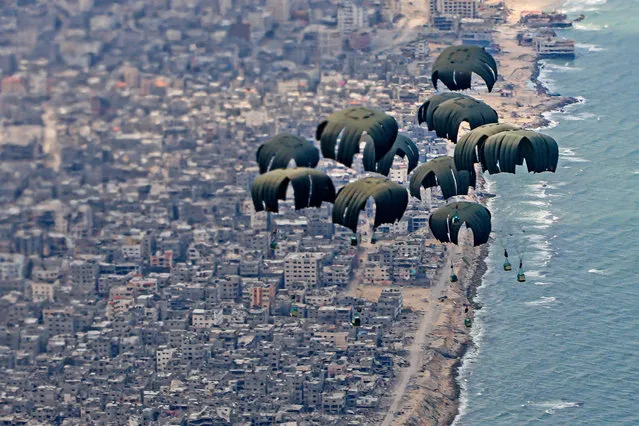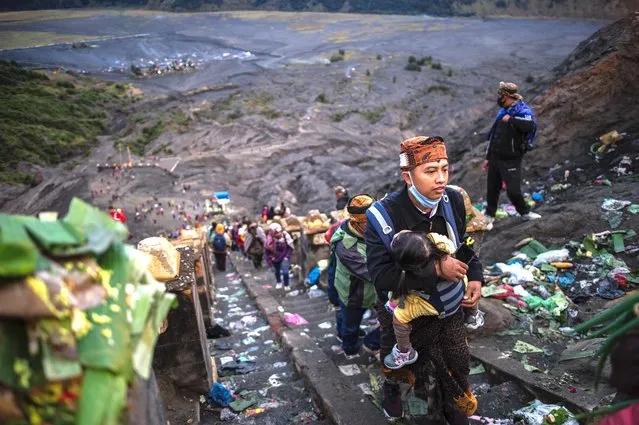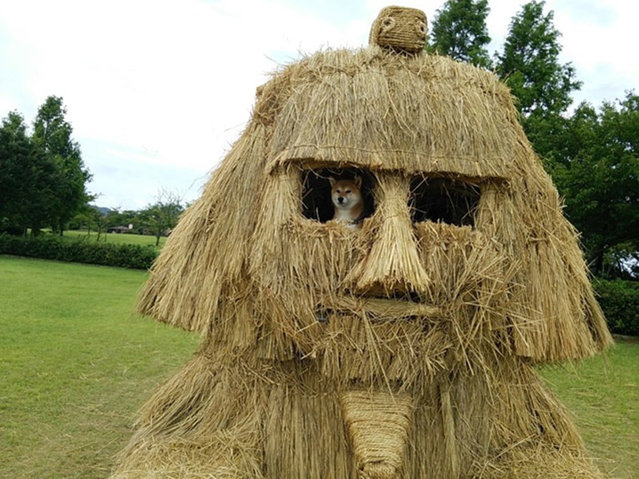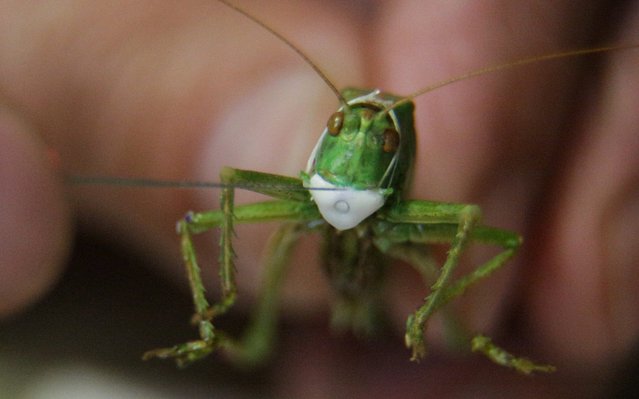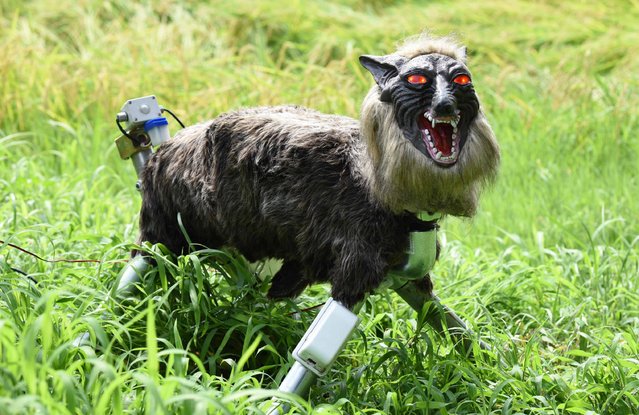
Kenyan activists (L) resist arrest from police officers, as police chased after activists from different social justice centers based in informal settlements, who were marching in protest against police brutality and harassment in their communities on Sab’a Sab’a day (or Seven-Seven), in Nairobi, Kenya, 07 July 2021. Police used tear gas to disperse the protestors and arrested several of them during the protest. The Sab’a Sab’a day commemorates protests and government crackdown on a multi-party democracy movement in the 1990’s. (Photo by Daniel Irungu/EPA/EFE)
17 Jul 2021 08:47:00,post received
0 comments

